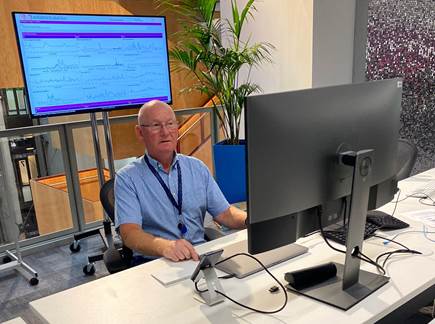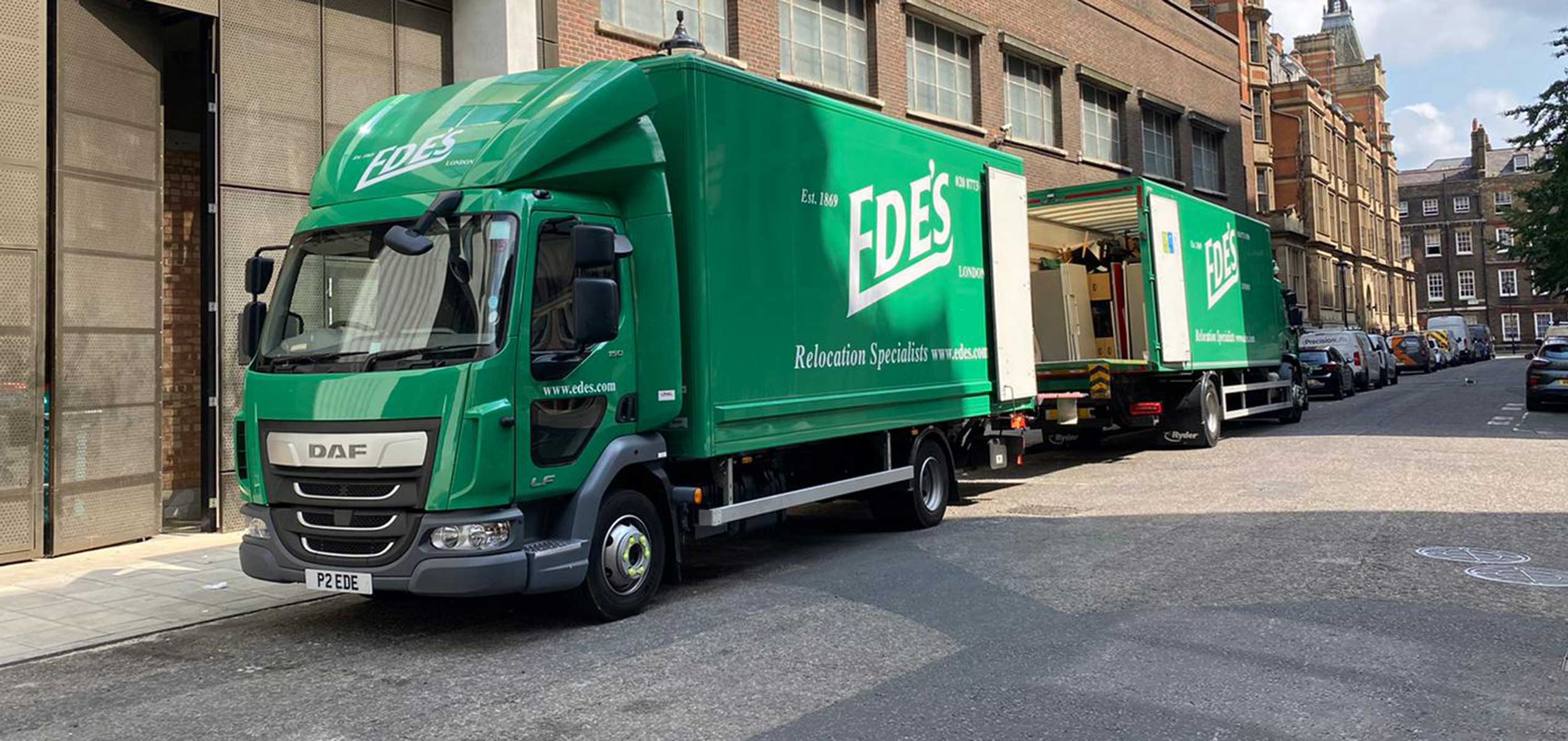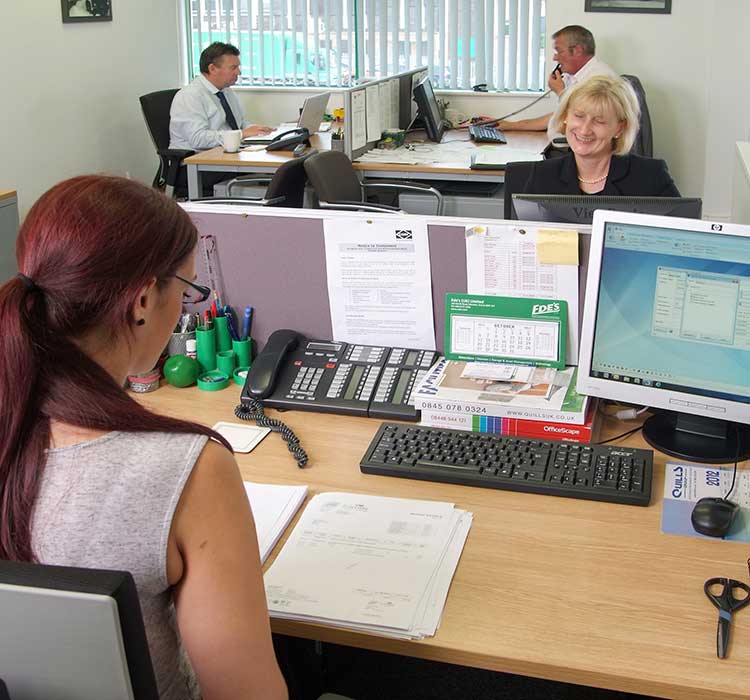Introduction
Office relocation is a significant milestone in any business’s life, often marking a period of growth and expansion. However, such a complex endeavour can present various challenges that need to be addressed effectively to ensure a smooth transition and minimal disruption to operations. Among these challenges, minimising downtime and ensuring business continuity rank among the highest priorities. Fortunately, with careful planning, proficient project management, and the support of a trusted relocation partner, your business can navigate these challenges with ease and confidence.
In this blog post, we will explore the crucial aspects of office relocation planning aimed at minimising downtime and maintaining uninterrupted business operations. We will delve into the importance of a comprehensive relocation plan, discuss effective communication strategies to keep employees and stakeholders informed, provide insights into IT preparations, and demonstrate the value of partnering with an experienced relocation company. By drawing on these expert strategies and resources, you will be well-equipped to safeguard your business’s success and ensure continuous service delivery throughout the entire relocation process.
Join us as we guide you step by step through the journey of planning and executing a seamless office relocation, addressing the most common challenges and offering proven solutions that will help you maintain business continuity and achieve minimal downtime. With over 150 years of experience in providing commercial relocation, storage, and IT services to businesses across the United Kingdom, Ede’s is your ideal partner for navigating the complex landscape of office relocation and unlocking the full potential of your new work environment.
Developing a Comprehensive Relocation Plan
A well-crafted relocation plan is the foundation of a successful office move, minimising downtime and ensuring business continuity:
1. Timeline and milestones: Establish a detailed timeline for your office move, complete with milestones for critical tasks such as packing, labelling, IT infrastructure setup, and employee onboarding at the new location.
2. Task allocation: Assign responsibilities to team members or dedicated move coordinators, clearly outlining individual duties and ensuring that everyone understands their role in the relocation process.
3. Backup plans: Develop contingency plans to address potential challenges, such as delays in obtaining permits, furniture delivery, or IT setup. Backup plans will help you maintain business continuity in the face of unforeseen circumstances.
4. Communication strategy: Incorporate a comprehensive communication framework within your relocation plan, ensuring clear and consistent updates to your employees, stakeholders, and clients about the move and any potential disruptions.
Effective Communication with Employees and Stakeholders
Transparent and ongoing communication is vital in keeping employees and stakeholders informed and invested in the relocation process:
1. Internal communications: Update your employees regularly throughout the process, using a range of channels such as email updates, intranet posts, and team meetings, to maintain engagement and awareness of the move’s progress.
2. Stakeholder engagement: Share your relocation plans with stakeholders such as clients, suppliers, and investors, reassuring them of your commitment to maintaining seamless service delivery during the move.
3. Client communication: Notify your clients of any potential disruptions to their services and share information about your new location and the benefits it offers.
4. Feedback channels: Encourage two-way communication by providing channels for employees and stakeholders to ask questions or raise concerns, helping to address potential issues early in the process.
Preparing IT Infrastructure for Business Continuity
Robust IT preparations are critical in ensuring minimal downtime and maintaining uninterrupted service delivery during office relocation:
1. Inventory and assessment: Conduct a thorough inventory of your IT assets, including servers, computers, network devices, and peripherals. Assess each item’s condition and determine whether it should be moved or replaced.
2. Pre-move testing: Set up and test critical IT infrastructure, such as internet connectivity, servers, and phone systems, at your new location before the move. Pre-move testing helps to identify and address potential issues, thus reducing downtime on moving day.
3. Data backup: Safeguard essential data by performing thorough backups and storing them securely off-site or in a cloud-based environment. In the event of potential data loss during the move, your business operations can continue unimpeded with the help of data backups.
4. IT vendor coordination: Communicate early and regularly with your IT vendors, keeping them informed of the relocation timeline and ensuring the prompt setup and maintenance of essential services at your new office.
Partnering with a Professional Relocation Company
Enlisting the support of an experienced relocation partner can significantly alleviate the challenges of office relocation:
1. Expert project management: Benefit from the expertise of a professional relocation partner who can manage complex logistics, create efficient moving plans, and coordinate resources to ensure minimal disruption to your operations.
2. Safe transport and handling: Protect your valuable assets and equipment during the move with a professional relocation company’s safe handling and transportation services, minimising the risk of damage or loss.
3. IT support: We offer comprehensive IT services tailored to your business’s needs. Our experts will ensure the smooth setup and functioning of your IT infrastructure in the new location and help you maintain uninterrupted service delivery during the relocation process.
4. Post-move assistance: Receive ongoing support and services, such as helping with office space optimisation, advice on sustainable practices, and storage solutions, to ensure a seamless transition to your new work environment.
Conclusion
Minimising downtime and ensuring business continuity during an office relocation requires meticulous planning, effective communication, IT readiness, and the support of an experienced relocation partner. By following the strategies outlined in this article and partnering with trusted professionals, your business can confidently navigate the challenges of an office move without sacrificing operational efficiency or customer satisfaction.
With over 150 years of industry expertise and a steadfast commitment to your success, Ede’s is your go-to commercial relocation, storage, and IT services provider. We provide tailored solutions, expert advice, and comprehensive support, empowering your business to thrive in its new location while minimising downtime and maintaining seamless service delivery. Let us be your trusted partner in navigating the complexities of office relocation in London and securing your business’s future success.

















